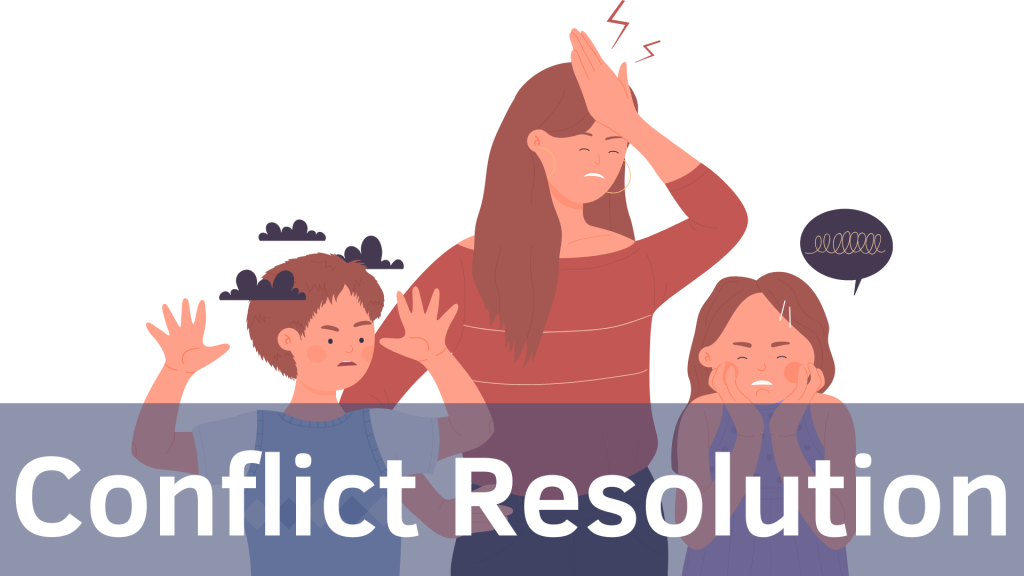Introduction:
As parents, one of our greatest concerns is ensuring the well-being and safety of our children. Unfortunately, bullying is a harsh reality that many children face, which can have a profound impact on their emotional and psychological well-being. It is essential for parents to equip their children with the knowledge and skills to deal with bullies effectively. In this article, we will explore strategies and practical tips that empower parents to support their children in dealing with bullies, fostering resilience and self-confidence.
I. Understanding Bullying
Before we delve into strategies, let’s first understand what bullying is:
- Definition of Bullying: Bullying refers to repeated, intentional, and aggressive behavior aimed at causing harm or distress to another individual. It can be physical, verbal, or psychological in nature.
- Types of Bullying:
- Physical Bullying: Involves physical aggression, such as hitting, pushing, or damaging personal belongings.
- Verbal Bullying: Includes name-calling, insults, and spreading rumors or hurtful comments.
- Relational Bullying: Focuses on social exclusion, spreading gossip, or manipulating relationships to isolate the victim.
- Cyberbullying: Occurs through digital platforms, including social media, text messages, or online forums.
II. Recognizing the Signs of Bullying
To effectively address bullying, it is crucial for parents to recognize the signs that their child may be experiencing bullying:
- Emotional and Behavioral Changes:
- Unexplained sadness, anxiety, or irritability.
- Sudden loss of interest in activities they previously enjoyed.
- Changes in eating or sleeping patterns.
- Reluctance or refusal to attend school or social events.
- Physical Indicators:
- Unexplained bruises, scratches, or injuries.
- Complaints of headaches, stomachaches, or other physical ailments.
- Frequent loss or damage to personal belongings.
III. Strategies for Dealing with Bullies
- Open Communication and Active Listening:
- Establish a safe and open line of communication with your child. Encourage them to share their feelings and experiences without judgment.
- Actively listen to their concerns, validate their emotions, and reassure them that you are there to support them.
- Educate Your Child about Bullying:
- Help your child understand what bullying is and assure them that it is not their fault.
- Teach them the importance of empathy and kindness, emphasizing that bullying is never acceptable behavior.
- Build Self-Confidence:
- Encourage your child’s strengths and interests, promoting a sense of self-worth and resilience.
- Engage them in activities and hobbies that boost their confidence and self-esteem.
- Assertiveness Training:
- Teach your child assertiveness skills to express their feelings and stand up for themselves assertively but non-aggressively.
- Practice assertive responses through role-playing, empowering them with effective strategies to deal with bullies.
- Encourage Peer Support:
- Foster friendships and encourage your child to surround themselves with positive and supportive peers.
- Help them identify trusted individuals, such as teachers or school counselors, whom they can turn to for help.
- Document and Report Incidents:
- Advise your child to keep a record of bullying incidents, including dates, times, locations, and descriptions of the events.
- Teach them how to report bullying to trusted adults, such as teachers, administrators, or school counselors.
- Digital Safety and Cyberbullying:
- Educate your child about responsible internet usage, emphasizing the importance of not sharing personal information online.
- Encourage them to report any instances of cyberbullying and block or unfriend individuals engaging in such behavior.
- Collaboration with School:
- Establish open lines of communication with your child’s school, informing them about the bullying incidents and seeking their support in addressing the issue.
- Collaborate with teachers and administrators to implement anti-bullying programs and strategies within the school community.
IV. Promoting Resilience and Well-Being
- Teach Coping Strategies:
- Help your child develop healthy coping mechanisms, such as deep breathing exercises, journaling, or engaging in physical activities they enjoy.
- Foster a Supportive Home Environment:
- Create a nurturing and loving environment where your child feels safe and supported.
- Encourage open conversations about their experiences, emotions, and concerns.
- Seek Professional Support if Needed:
- If your child continues to struggle with the effects of bullying, consider seeking guidance from mental health professionals who specialize in childhood trauma and resilience.
Conclusion:
Dealing with bullies can be a challenging and distressing experience for both children and parents. By equipping ourselves with effective strategies and open communication, we can empower our children to stand up against bullying, fostering resilience, self-confidence, and emotional well-being. Remember, your support, understanding, and advocacy play a vital role in helping your child navigate through these difficult situations, ensuring their safety and promoting their overall development.




